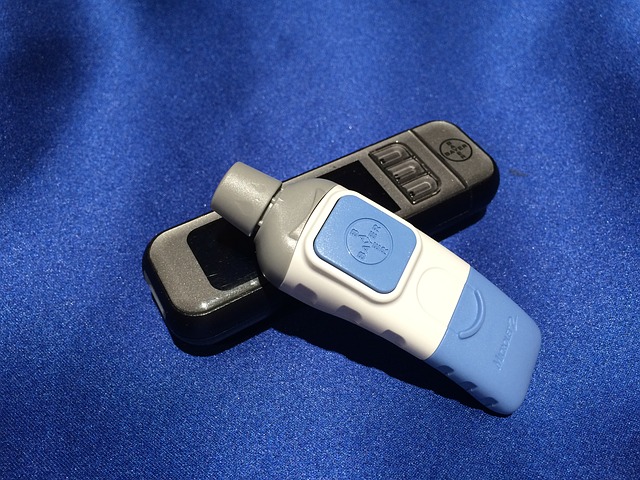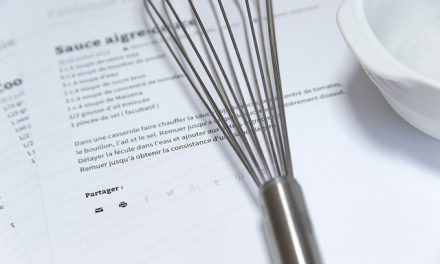Some blood testing meters measure the glucose level of whole blood while others report the glucose levels only of plasma, which is the fluid part of the blood. Lab testing measures the glucose levels of plasma. Neither type of measurement is more accurate than the other – they’re just different ways to measure the same thing.
However, whole blood test results are about 12 percent lower than plasma test results because the glucose content of whole blood tends to be lower than the glucose content of plasma alone. For example, if the same drop of blood were to be tested on two meters, one whole-blood calibrated and one plasma calibrated, the result on the whole-blood meter is likely to be lower than the result on the plasma-calibrated meter.
For people using whole-blood calibrated meters, a pre-meal goal is a reading within the 80-120 mg/dl range. A bedtime goal would be in the 100-140 mg/dl range. For people using plasma-calibrated meters, the pre-meal goal falls in the 90-130 mg/dl range, while the bedtime goal is in the 110-150 mg/dl range.
Which type of meter measurement is more accurate? Neither – the’re just different ways to measure the same thing. What is important to know and understand is that whole blood test results are about 12 percent lower than plasma test results. That’s why it is so important to know how your particular meter is calibrated.
You can use these online converters to translate whole-blood test results into plasma results, and to translate plasma results into whole-blood results. To use a converter, first determine how your meter is calibrated (whole-blood or plasma). Next, choose which type of conversion you want to perform. Keep in mind that numbers are rounded to the nearest one decimal point.












